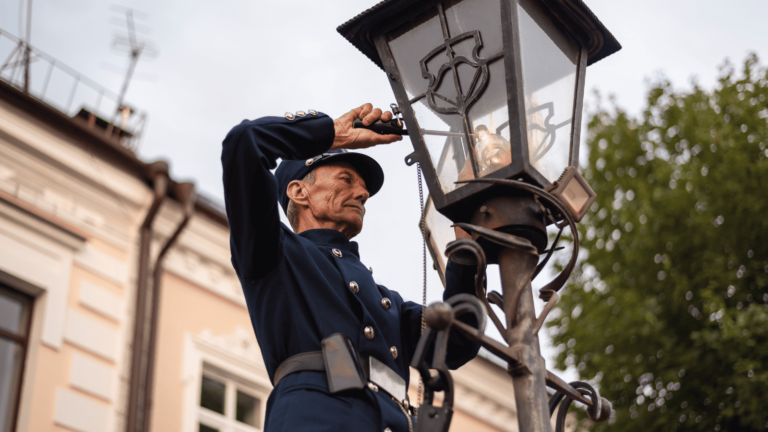History is full of fascinating professions that once commanded respect but have since disappeared as society evolved. These jobs, essential in their time, tell stories of how communities operated, how people lived, and what they valued; here are those jobs that would have brought you so much admiration in the past.
Town Crier
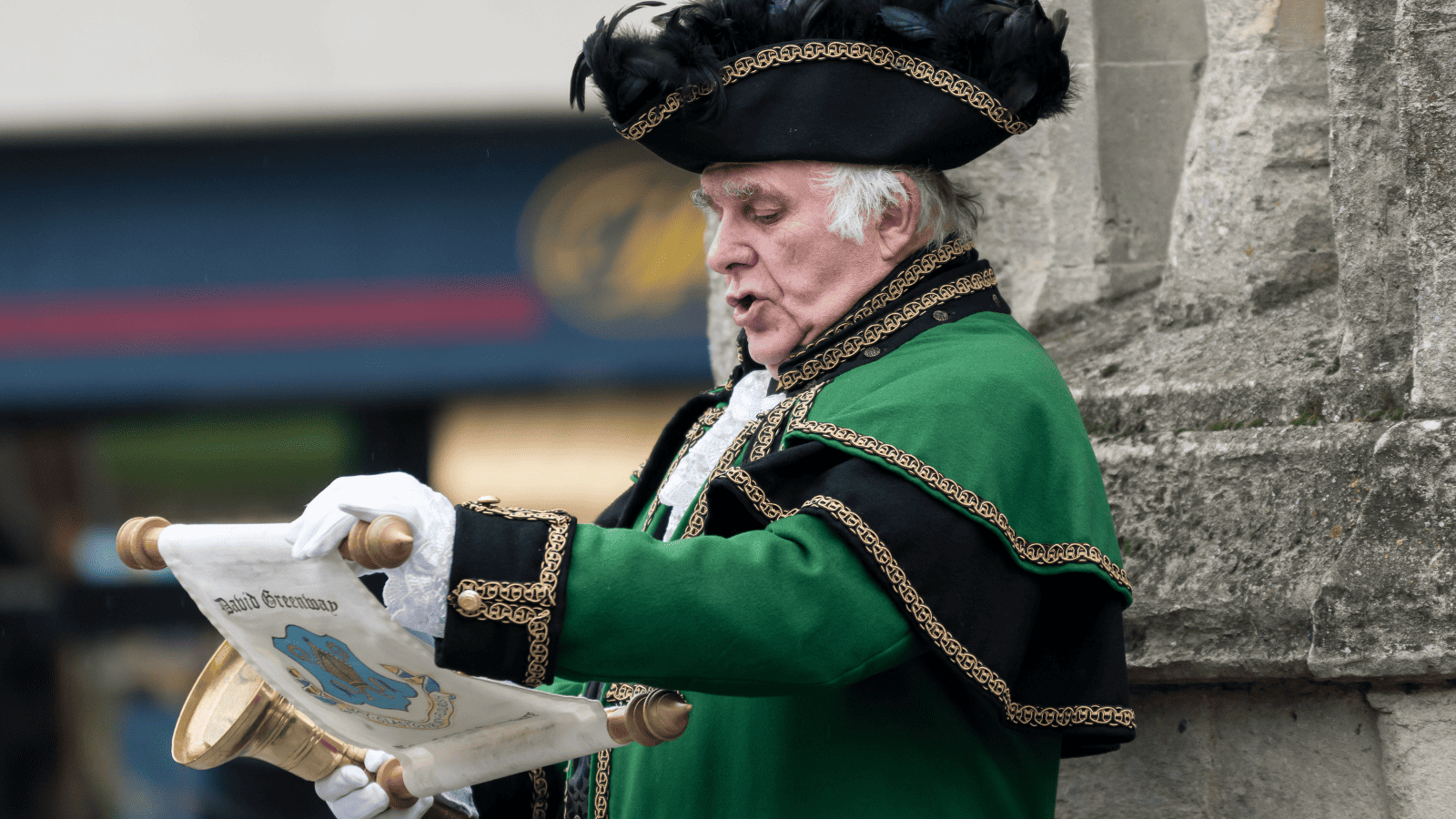
Before newspapers, the radio, or even community notice boards, the town crier was the ultimate news outlet, and these larger-than-life figures were trusted to share critical information with the public. Dressed in bold attire and ringing a bell to grab attention, they had a knack for commanding a crowd.
Lamplighter
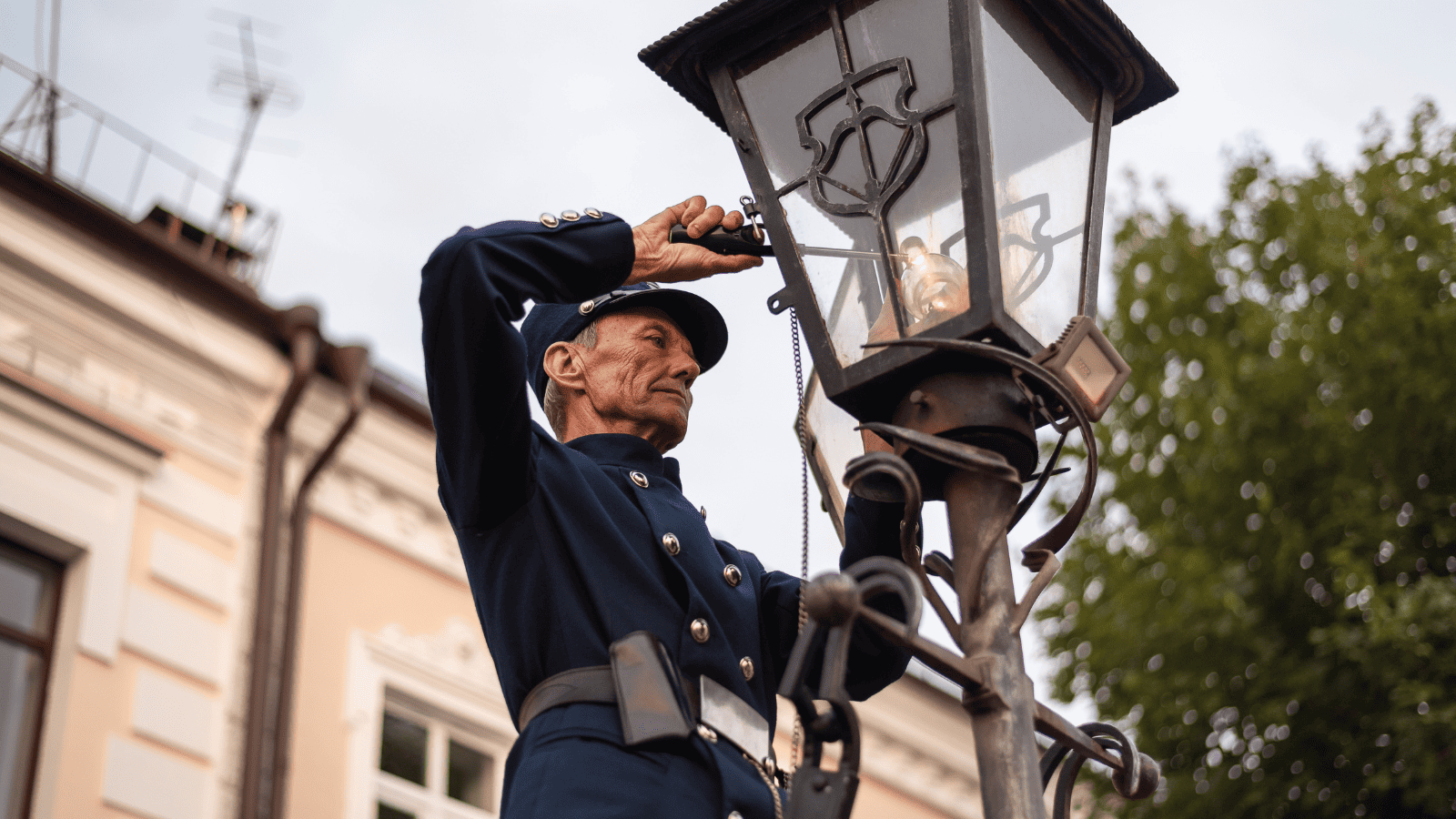
Long before electric streetlights, lamplighters were the heroes; their evenings were spent lighting gas lamps one by one, ensuring streets were illuminated for those walking home or travelling after dark. Carrying long poles equipped with a flame, they worked tirelessly, and it was a role that demanded reliability, and for that, lamplighters were widely respected.
Knocker-Up
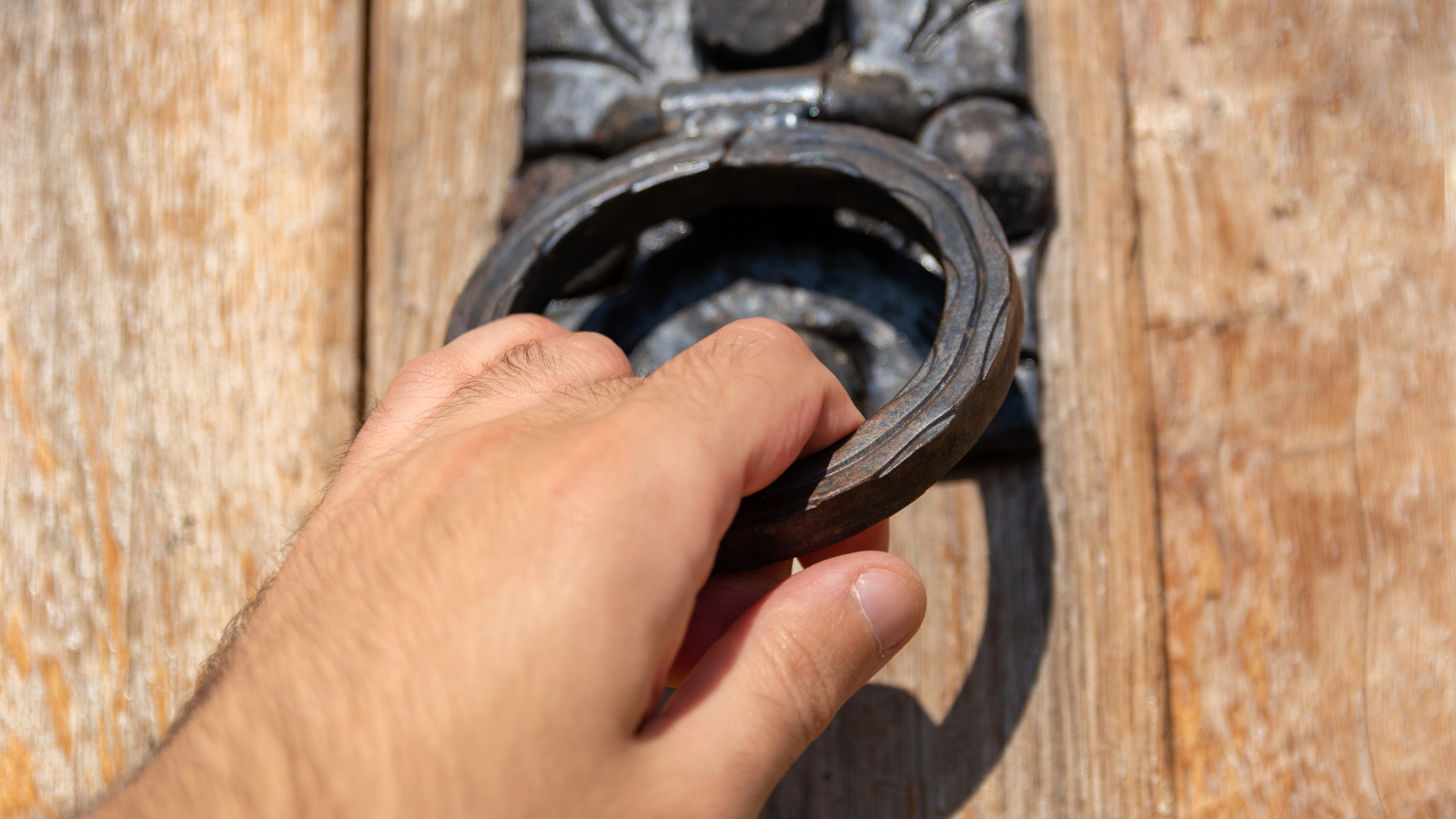
Imagine having someone come to your house every morning to make sure you woke up on time—that’s exactly what knocker-ups did. Before alarm clocks were common, these individuals would patrol neighbourhoods armed with sticks or small stones to tap on windows.
Rat Catcher

In the days when cities were overrun with vermin, rat catchers were lifesavers. Armed with traps, poisons, and sometimes just their bare hands, they faced these creatures head-on, often working in squalid conditions; it was dirty, dangerous work, but their efforts made cities safer and healthier places to live.
Ice Cutter
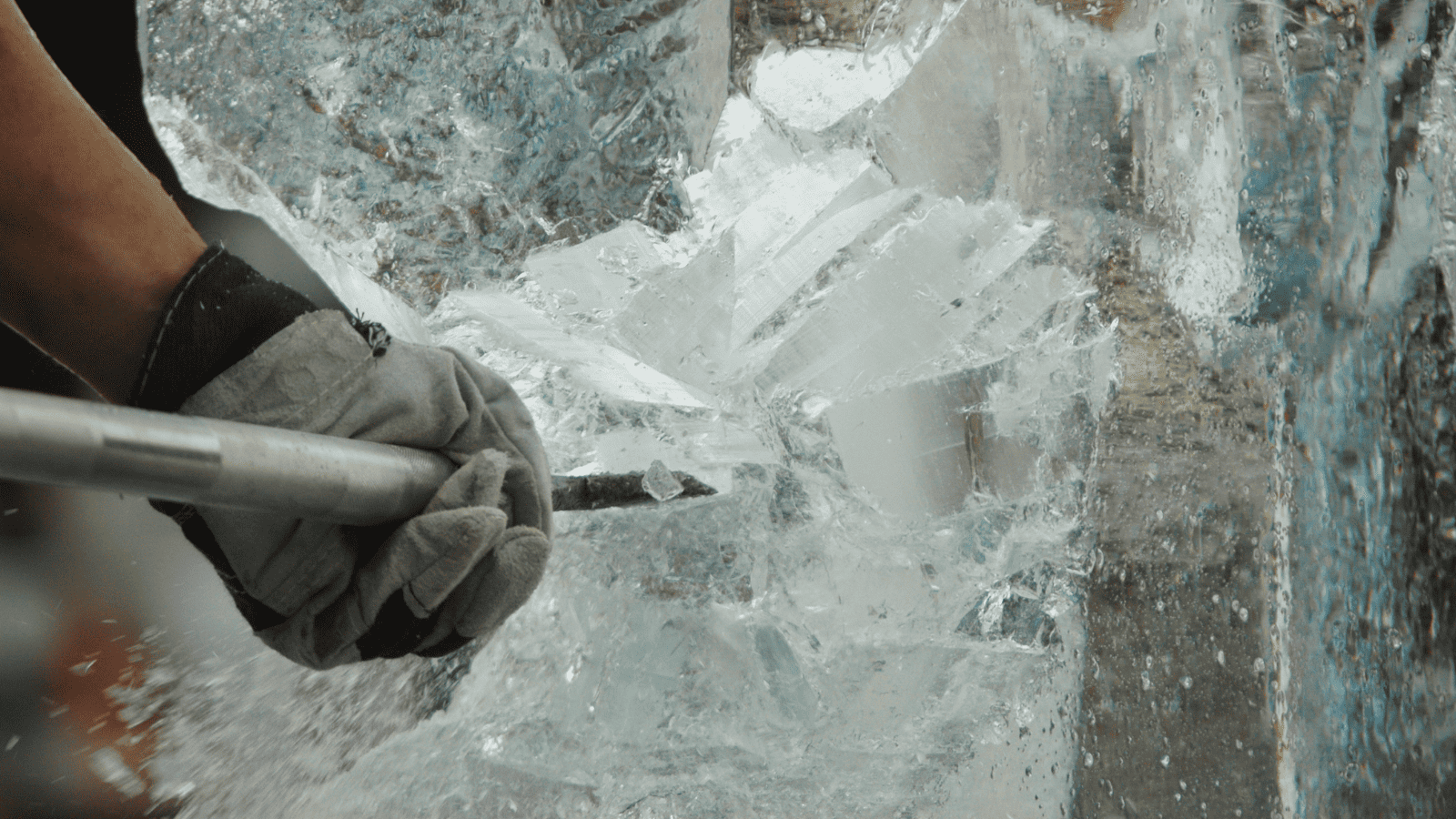
These days, we probably take for granted how easy it is to keep things cold. However, long before refrigeration, keeping food fresh was no easy feat, and ice cutters were the answer. These workers braved harsh winters, venturing onto frozen lakes and rivers to carve out massive blocks of ice, with the work bring physically exhausting and carrying significant risks—thin ice, freezing water, and heavy equipment were constant dangers.
Coal Whipper
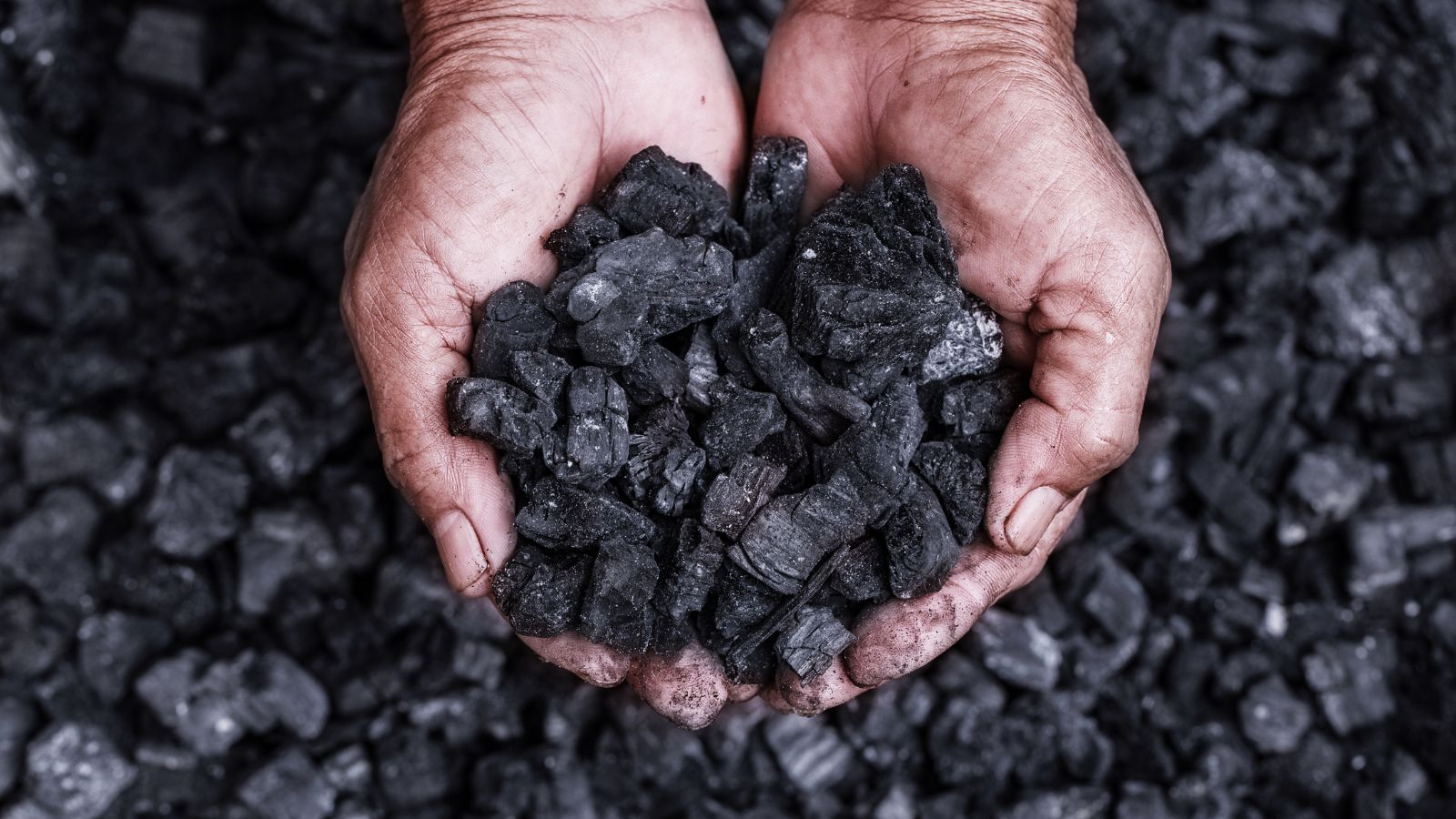
Coal whippers were the backbone of Britain’s industrial power during the 19th century, and these labourers unloaded coal from ships by sheer brute strength, using buckets and ropes to hoist heavy loads. Their work was gruelling, requiring immense stamina and endurance, but it was essential for keeping factories, steam engines, and homes running.
Leech Collector
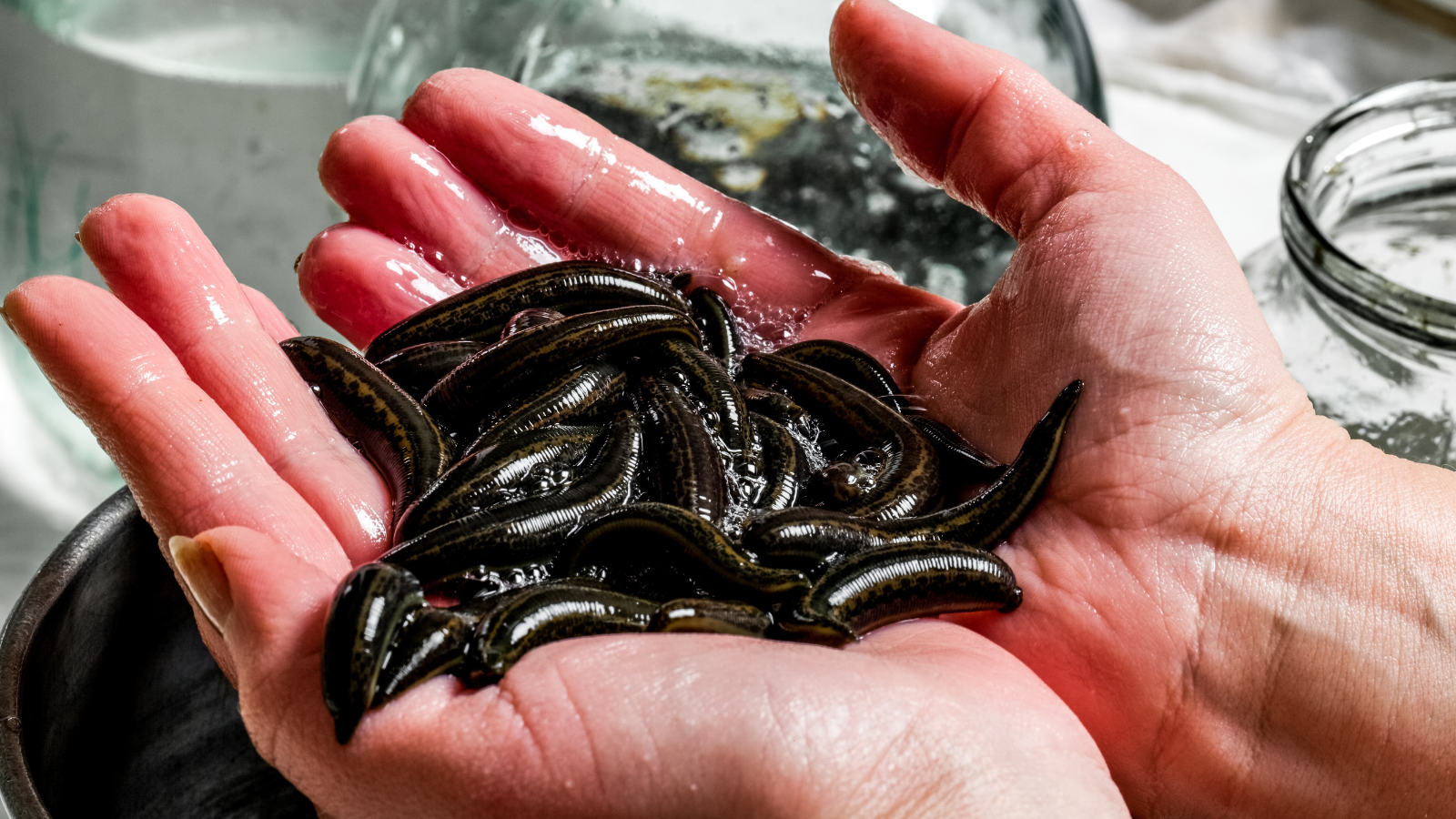
Though it might sound strange today, leech collectors were once a cornerstone of the medical profession, because during the 18th and 19th centuries, leeches were used to treat a variety of ailments, including fevers and high blood pressure. Leech collectors had the unenviable task of wading into muddy marshes and ponds to gather these slippery creatures by hand.
Telephone Exchange Operator
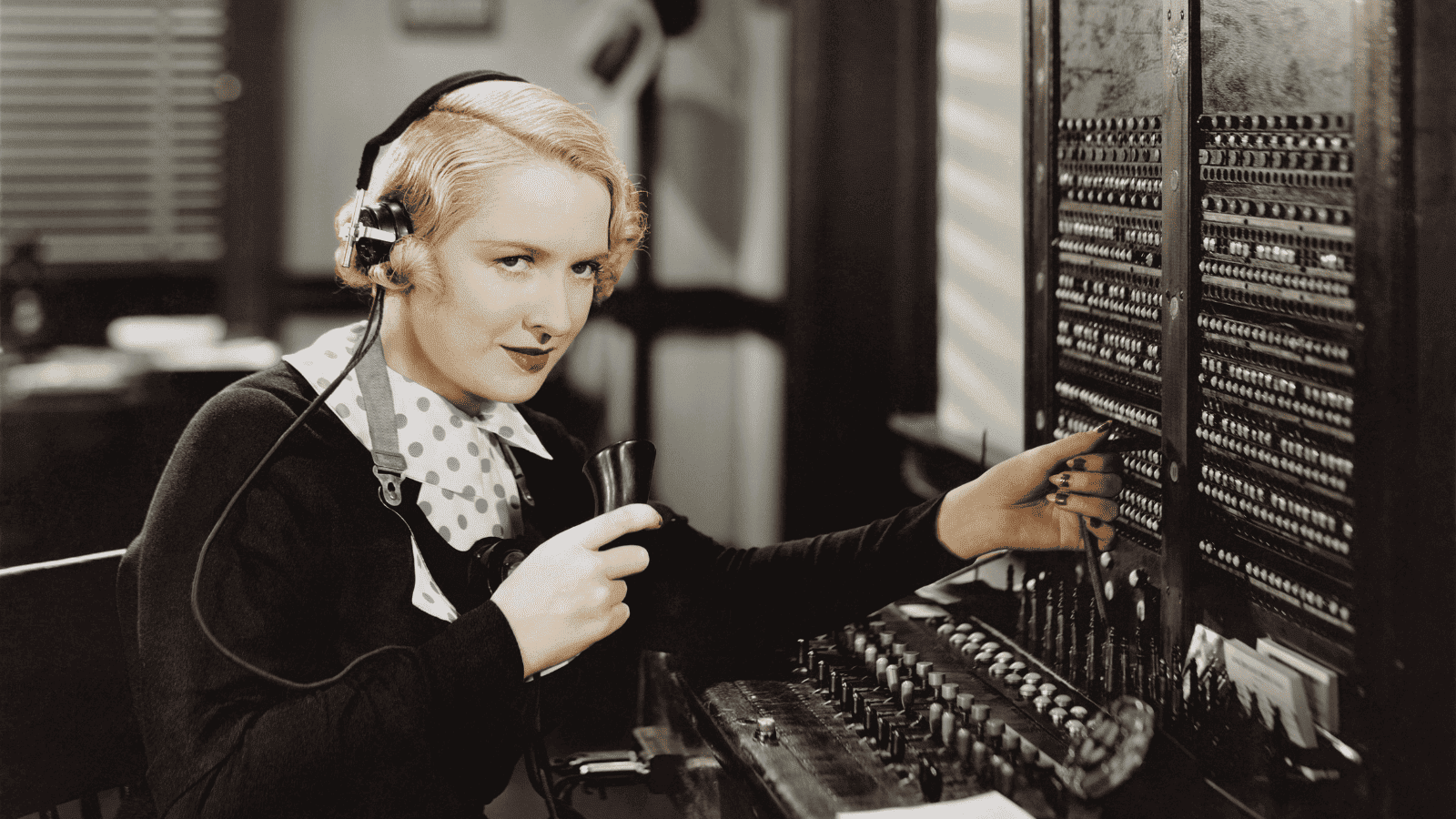
In the early days of telephones, placing a call wasn’t as simple as pressing a button, and operators worked behind the scenes to connect calls manually by plugging wires into massive switchboards. They had to think fast, keep calm under pressure, and deal with every kind of personality on the other end of the line.
Resurrectionist
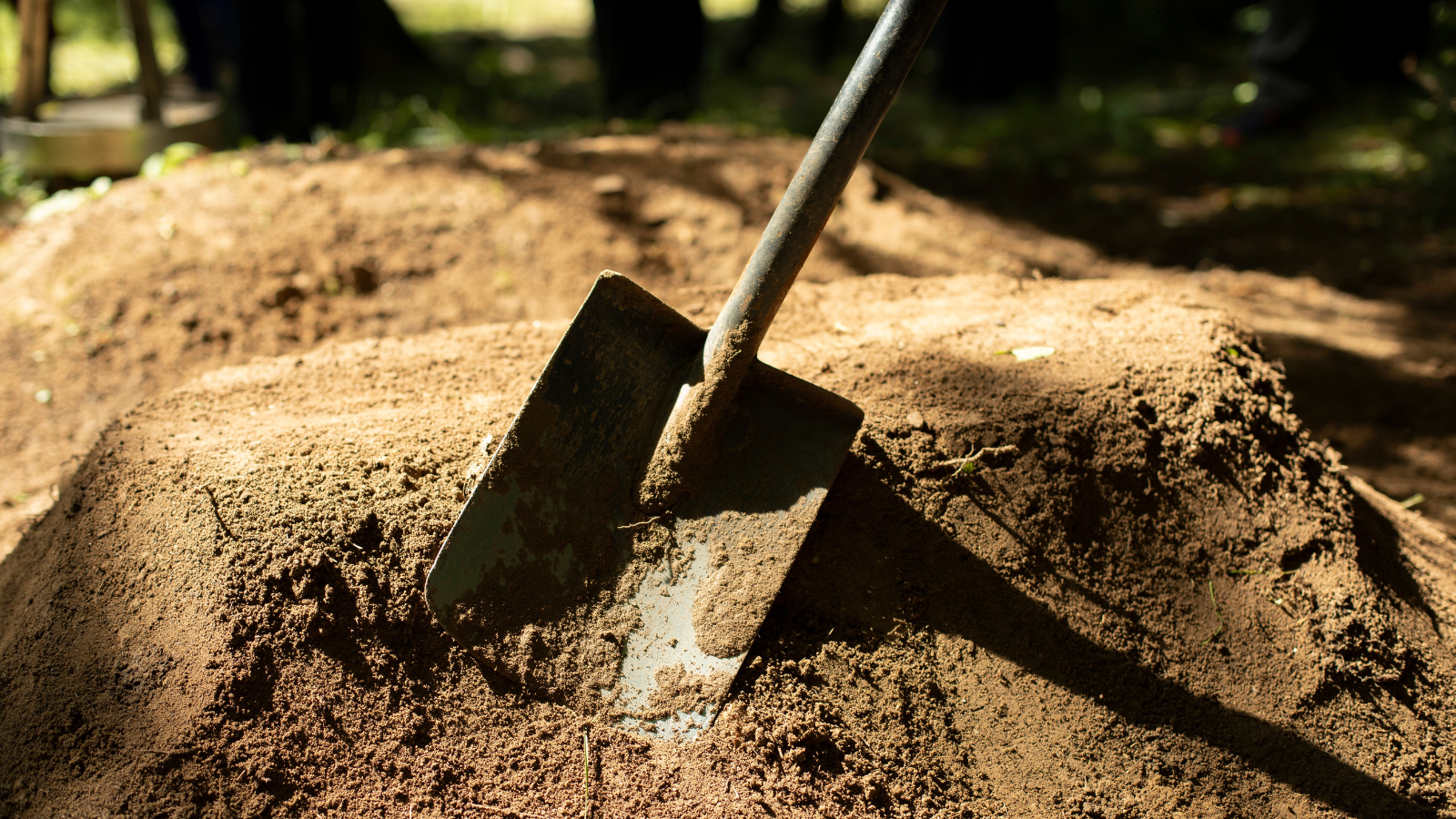
Anatomy schools required cadavers for medical training in the 18th and 19th centuries, but strict laws on body donation made them hard to come by. Enter the resurrectionists, individuals who exhumed recently buried bodies and sold them to medical institutions, and while their work was controversial, it was also vital for advancing medical science.
Scissors Grinder
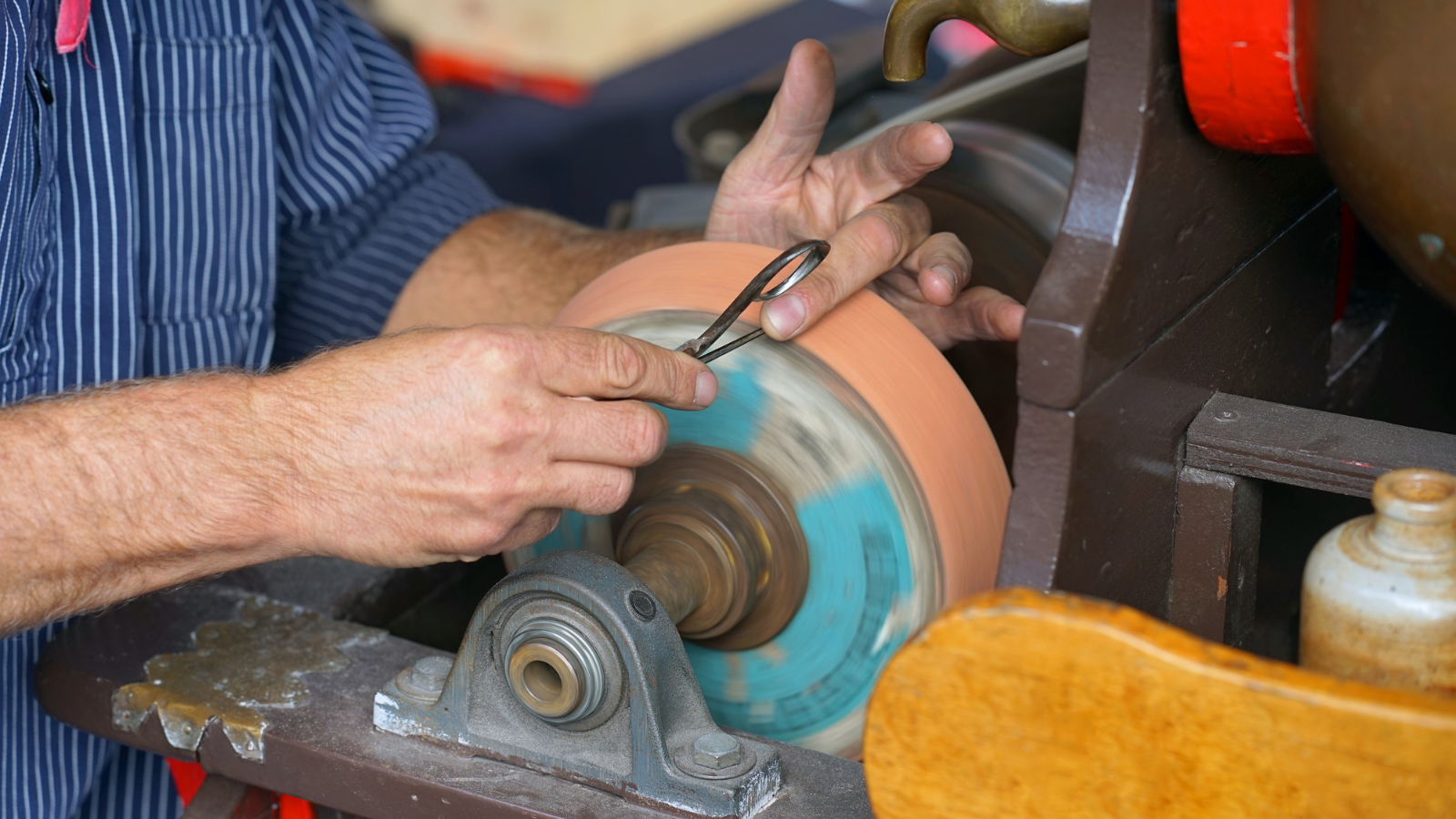
Travelling scissors grinders were a welcome sight in towns and villages, their carts filled with grinding wheels and tools. They restored dull blades, and their work required precision and skill, as a poorly sharpened tool could ruin its usefulness. Beyond their technical abilities, scissors grinders were symbols of resourcefulness, helping people repair and reuse rather than replace.
Navvy

Short for “navigational labourers,” navvies were the powerhouse workers behind Britain’s canals, railways, and infrastructure during the 19th century. With nothing more than shovels, pickaxes, and sheer determination, they carved out waterways and laid railway tracks during long hours, in harsh conditions, and with minimal safety precautions.
Powder Monkey
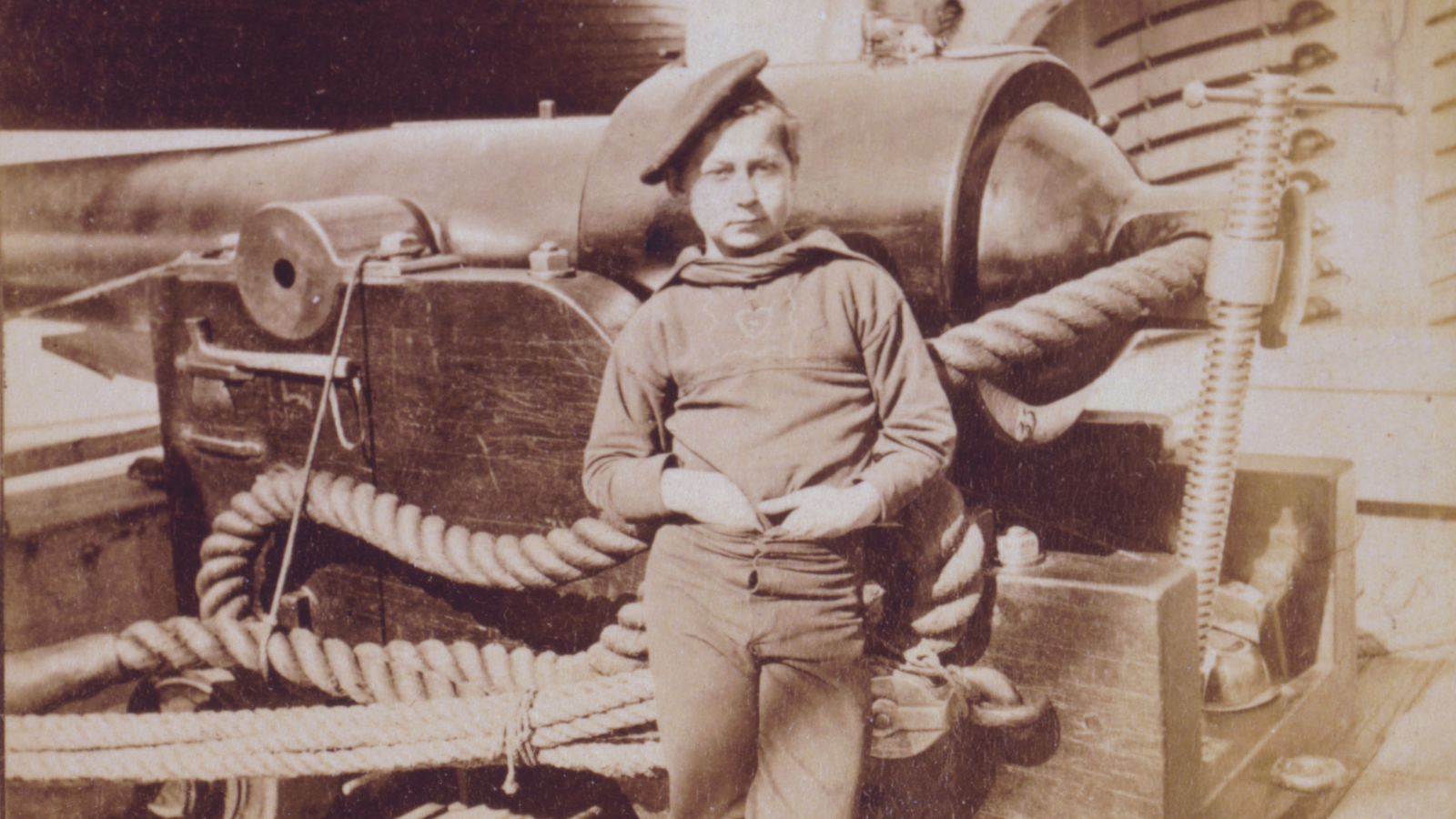
The life of a powder monkey was dangerous and often short, but these young boys were crucial aboard naval warships during the age of sail. Their job was to ferry gunpowder from storage to the cannons during battles, all while dodging explosions, flying shrapnel, and enemy fire—needless to say, it required speed, agility, and bravery far beyond their years.
Chimney Sweep
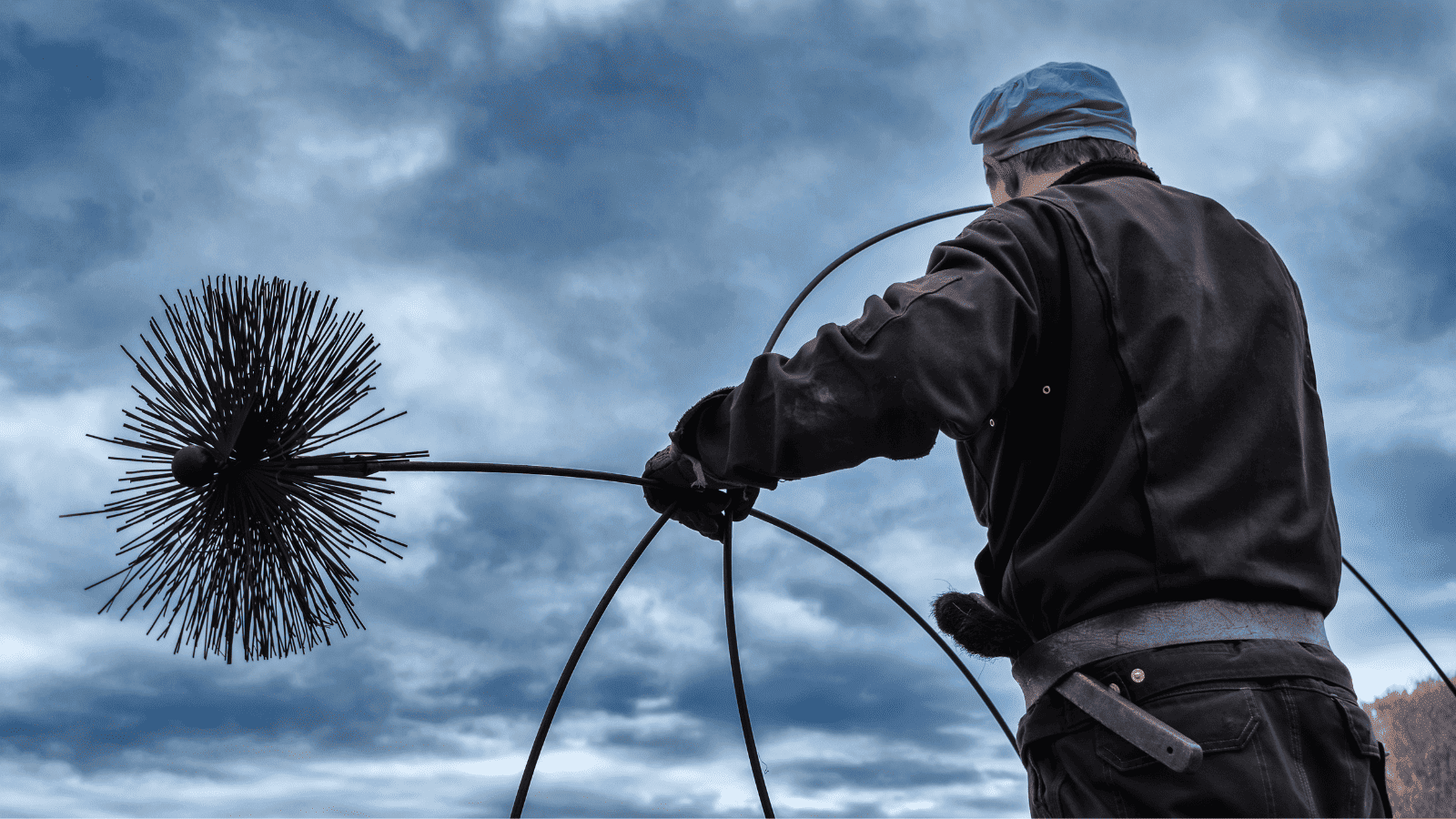
When wood and coal fires were the primary source of heat, chimney sweeps were trusted to keep homes safe and warm, and using brushes and ropes, they climbed inside chimneys to scrape away soot and debris. This prevented dangerous blockages and potential fires, and it was physically demanding and often hazardous work—especially for the young apprentices who were small enough to fit into narrow flues.
Lector

Factory work in the 19th and early 20th centuries was monotonous, but lectors brought some much-needed mental stimulation to the factory floor. Hired to read aloud to workers as they toiled, they shared news, novels, and political articles, turning tedious labour into a chance for education.
Matchstick Dipper

Crafting matches in the Victorian era wasn’t just a job—it was a dangerous skill, because matchstick dippers coated sticks with flammable chemicals, working in factories where poor ventilation exposed them to toxic fumes daily. Despite the hazards, their work was essential, providing homes and businesses with an affordable way to light fires and candles.
Link Boy
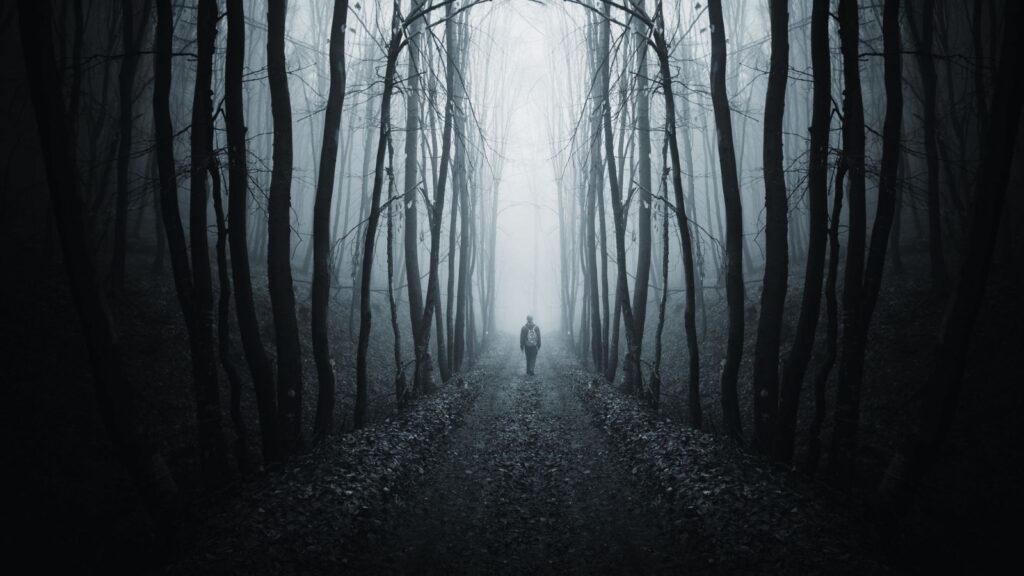
Before gas lamps or electric lights, walking the streets after dark was risky; link boys, carrying flaming torches, guided people safely through the streets of towns and cities. Link boys were essential to urban nightlife, providing a vital service that made evening travel possible.

